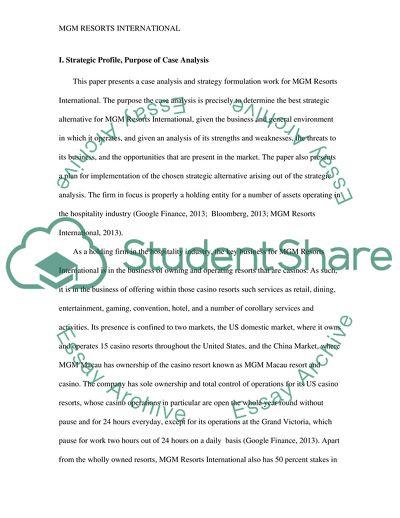Cite this document
(Strategic Profile, Purpose of MGM Resorts International Case Study - 1, n.d.)
Strategic Profile, Purpose of MGM Resorts International Case Study - 1. https://studentshare.org/marketing/1800819-mgm-resorts-international
Strategic Profile, Purpose of MGM Resorts International Case Study - 1. https://studentshare.org/marketing/1800819-mgm-resorts-international
(Strategic Profile, Purpose of MGM Resorts International Case Study - 1)
Strategic Profile, Purpose of MGM Resorts International Case Study - 1. https://studentshare.org/marketing/1800819-mgm-resorts-international.
Strategic Profile, Purpose of MGM Resorts International Case Study - 1. https://studentshare.org/marketing/1800819-mgm-resorts-international.
“Strategic Profile, Purpose of MGM Resorts International Case Study - 1”. https://studentshare.org/marketing/1800819-mgm-resorts-international.


